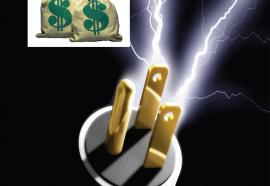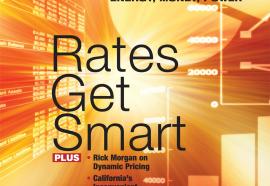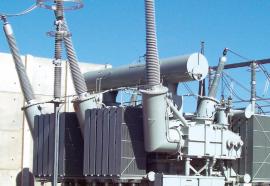Policy Shift: 2009 Law & Lawyers Report
Legal and regulatory changes are transforming the industry.
This year has marked a sea change in energy policy, from environmental compliance to transmission pricing. Fortnightly interviews top lawyers to better understand how regulatory developments are affecting the power and gas industries.











